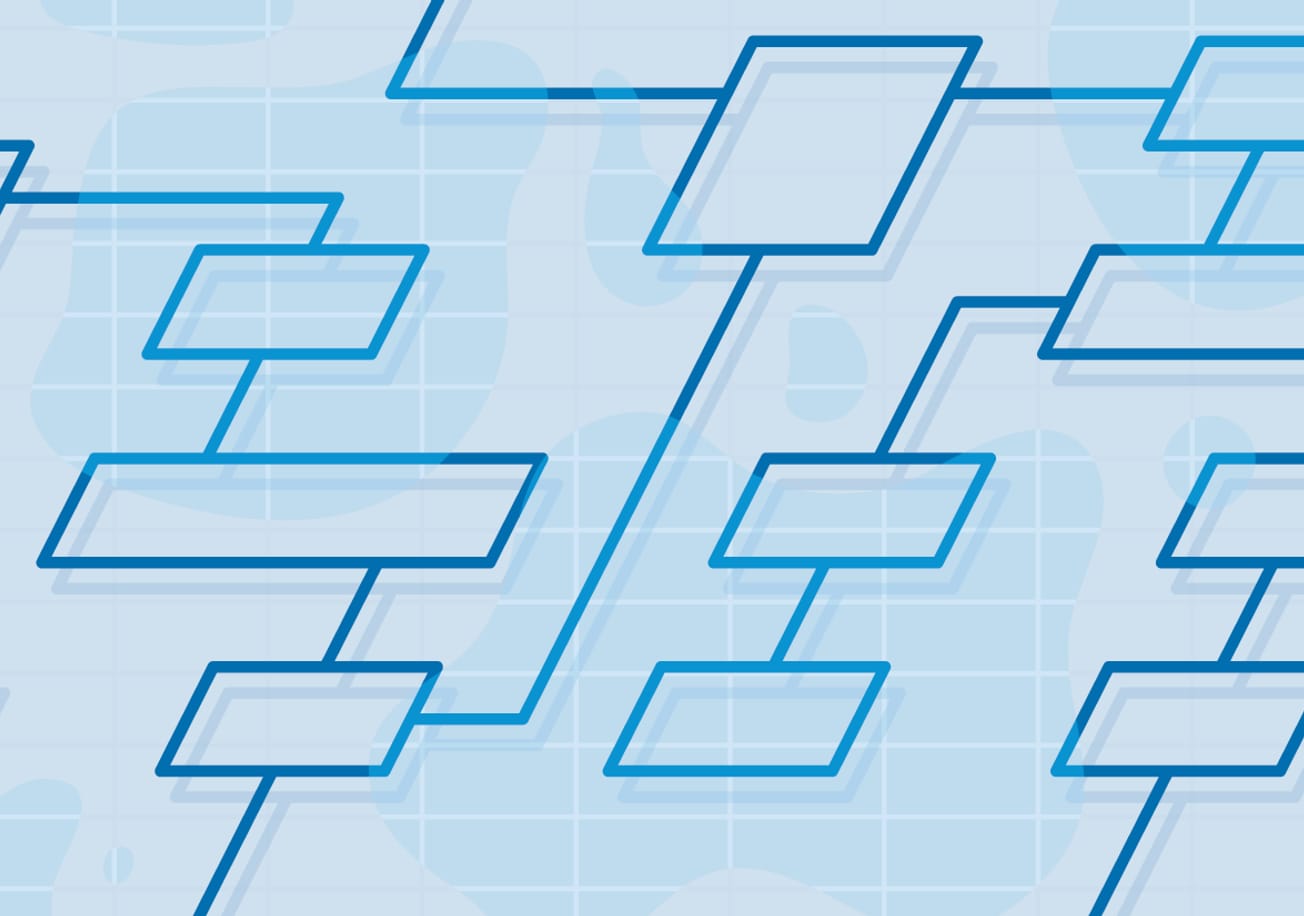Executive Summary
Millions of lives were dramatically changed by Hurricane Katrina, the worst natural disaster in U.S. history. Numerous businesses were wiped out. People lost their homes, their livelihoods, their lives. Nearly two years after Katrina, some sectors of the affected region have proved to be more resilient than others. Through the able data collection and analysis of Mark Klinedinst, an economics professor at the University of Southern Mississippi, this report examines the plight of credit unions in the face of this disaster. Klinedinst compares credit unions with banks in southern Mississippi and in New Orleans at both the aggregate and case study levels. Klinedinst argues that analyzing credit unions under this kind of duress may be useful in identifying cooperative strengths and weaknesses that are not apparent under normal circumstances. These findings may assist credit unions with larger contingency planning as it relates to disaster preparedness.
What is the research about?
Since Katrina struck, banks and credit unions have generally recovered and even thrived, partly due to the large increase in assets in the affected areas, but mainly due to the hard work of employees and members and countless volunteer hours. It is important to note that the bank and credit union comeback is not evenly distributed. Klinedinst conducts a variety of statistical regressions and discovers that the greatest predictors of institutional recovery are size (bigger is better) and location (Mississippi is more favorable than New Orleans).
For example, Klinedinst reports the following findings from the period between May 2005 and May 2006:
- Sixteen credit unions ceased operations (merged into other institutions). Almost all of these credit unions were in the New Orleans area.
- The number of bank employees increased by 9.8%, while the number of credit union employees decreased by 4.1%. Once again, a good deal of the credit union decrease occurred in and around New Orleans.
- The combined assets of credit unions and banks in the affected area increased by 27.6%.
- Return on assets increased 107.4% for Mississippi credit unions and 162% for Mississippi low- income credit unions, compared to only 8.8% for Mississippi banks.Return on assets increased 22.3% for New Orleans banks but decreased by 164.1% for New Orleans low- income credit unions and 107.6% for New Orleans credit unions.
In addition to the hard numbers, we learn through interviews on the ground that credit unions received quite a bit of assistance from other credit unions, nongovernment local organizations, and national credit union associations. The evidence indicates that banks mainly received nongovernment assistance from other branches of the same institution that were not heavily impacted by the storm, but not from other banking institutions. The social network of credit unions, then, seems to be at least partially responsible for their comeback, as represented by a 2.3% increase in credit union membership in the affected areas of southern Mississippi and New Orleans between May 2005 and May 2006.
What are the credit union implications?
Credit unions and banks suffered enormously from physical damage, the loss of surrounding businesses, and employee personal losses caused by Hurricane Katrina. Institutions in New Orleans have a particularly hard road ahead, given the extent of the damage and the uncertainty surrounding the rebuilding plans. Unfinished local infrastructure, higher insurance rates, and building costs all represent hurdles to businesses and homeowners in both southern Mississippi and New Orleans.
This research is a small but significant contribution to the literature on organizational resilience in the wake of huge external disasters. While some of the key lessons learned from this catastrophe involve contingency planning and emergency operations, one of the most practical lessons credit unions can take away from this study has to do with understanding the potential strength of their cooperative structure in the face of wildcard, external events like hurricanes and terrorist attacks. Credit unions have the opportunity to learn from past experiences and apply these lessons going forward.













